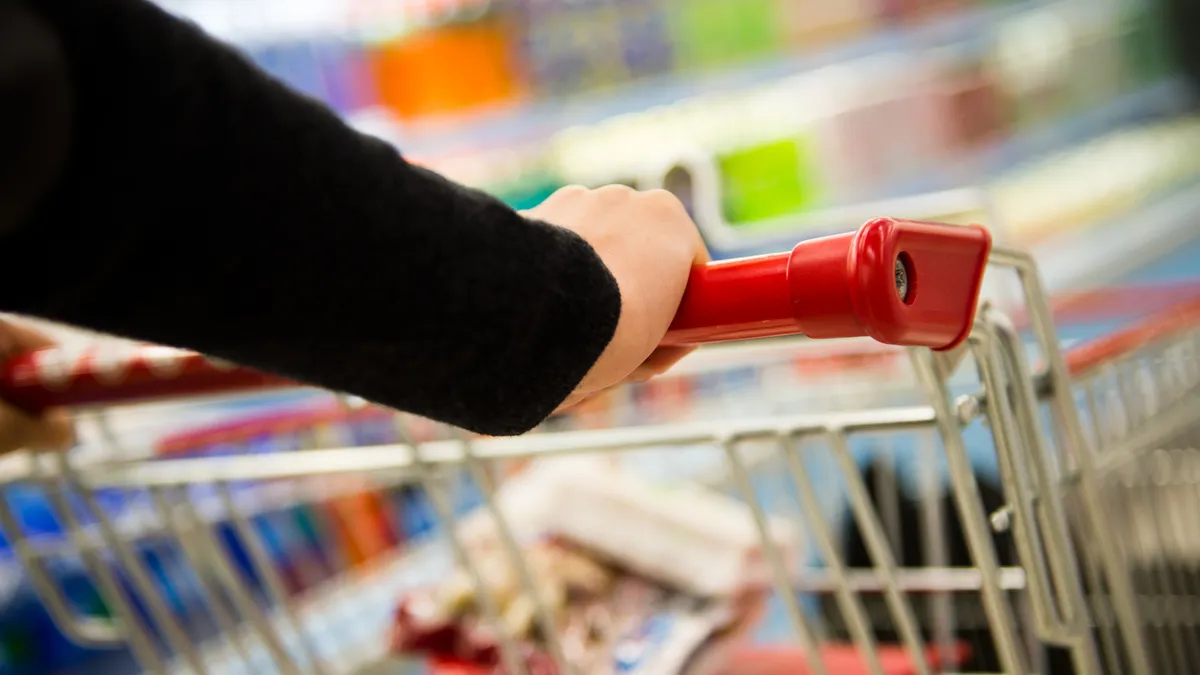Elliot Begoun is the principal of The Intertwine Group. He serves as a consultant and thinking partner helping emerging food and beverage brands gain the distribution and win the share of stomach they need to grow.
There is a pull, like a tractor beam in an old sci-fi movie, to widen distribution channels at any cost. It grabs hold of emerging food and beverage brands and tightens its grasp. The allure is powerful, and it is hard not to fall under its spell. But it can be deadly.
I had a conversation about the dangers of this force with a CEO just the other day. He was excited. Four of his items were approved by a large regional grocery chain. He was going to more than double his store count and move into a new region.
I didn’t want to burst his bubble. This was a nice win and a big step. But that distribution gain and expansion brings with it some real risk. I congratulated him on a battle won in getting his products on the shelf, but cautioned him that to win the war, he must now get those products into the shoppers’ carts.
I asked the hard question: “What’s your plan to ensure that your ideal consumers see and select your product?”
That’s the underlying risk of being wooed by the opportunity to be on more shelves: Not having a defined plan for what it’s going to take to get your product into more shoppers’ carts.
There are ways to start strategizing. As an emerging brand, there are some fundamental questions that you need to be able to answer. These questions apply to all channels, ranging from conventional to specialty, big-box to club, convenience, and even drug.
How are my products going to get noticed?
Shoppers are habitual. In the average conventional supermarket, there are more than 30,000 items for sale. That’s way too much information for a shopper to process. Instead, they develop patterns and rituals. If you are a new entrant into a category, you must figure out a way to interrupt those patterns, which is not easy.
What does the retailer expect?
If you strip it down to its core, grocery is a real estate business. There is a finite amount of linear shelf space available, and the goal of any good merchant is to maximize the gross profit generated from it. Knowing that gross profit expectation is vital. It also begs the follow-up question: Can my brand realistically meet those expectations?
Can I scale fast enough?
Expansion requires you to scale up your business, and that isn’t just the production of the product. You must be able to grow your supply chain capabilities. Supply chain costs can quickly suck all the profit out of a business. You’ll need a sales organization, broker network and retail execution team to support the new stores. Finally, and maybe most importantly, you’ll need cash. You’ll be floating a lot more inventory and carrying significantly more receivables. Promotional spending will increase, as will payroll and commissions. All of this requires cash.
I don’t write this in an effort to dissuade expansion. Rather, I write it from experience. I’ve witnessed many brands sucked into the vortex of distribution gain, never to be seen again. It can be done successfully, as long as you ask and answer the right questions above before moving forward.








